Introduction: Why Professional Plumbing Invoices Matter
A well-crafted invoice is more than just a request for payment—it’s a critical tool in running a successful plumbing business. Whether you’re an independent plumber or manage a growing team, your invoices are often your last impression on a customer after a job is complete. Poorly formatted or incomplete invoices can delay payment, create confusion, or even spark disputes that damage your reputation and bottom line. On the other hand, clear, professional invoices help you get paid faster, protect against legal headaches, and reinforce your brand as a trusted service provider.
Many plumbers overlook the fine details of invoicing, focusing their attention on the technical side of the trade. However, mastering the administrative side—especially invoicing—can make the difference between thriving and merely surviving. In this in-depth guide, we’ll break down everything you need to know about plumbing invoices: what to include, how to structure them, compliance considerations, digital vs. paper options, and pro tips to make sure you get paid promptly, every time.
What Makes a Plumbing Invoice Effective?
Clarity and Transparency
Your invoice should leave no room for confusion. Every line item, charge, and term should be spelled out in plain language. This transparency not only speeds up payment but also builds trust with your clients.
Legal and Compliance Requirements
Depending on your location, plumbing invoices must meet certain legal requirements. These can include tax details, licensing information, and specific disclosure statements. Failure to comply can result in fines or disputes.
Professional Branding
An invoice is a reflection of your business. A professional-looking document—complete with your logo, colors, and contact information—reinforces your credibility and helps you stand out from less organized competitors.
Essential Elements Every Plumbing Invoice Should Include
- Business Information: Name, address, phone, email, and relevant license numbers.
- Customer Information: Full name, service address, and contact details.
- Unique Invoice Number: For tracking and record-keeping.
- Invoice Date and Due Date: Specify when the invoice was issued and when payment is due.
- Itemized List of Services and Materials: Clearly describe each service provided and all materials used, including quantities and unit prices.
- Labor Charges: Hours worked and hourly rates or flat fees.
- Subtotal, Taxes, and Total: Separate out taxes and display the final amount due.
- Payment Terms: Outline accepted payment methods, late payment fees, and any early payment discounts.
- Warranty or Guarantee Details: If applicable, summarize any warranty on parts or labor.
- Notes or Special Instructions: Room for custom messages, maintenance tips, or reminders.
Step-by-Step: Creating a Plumbing Invoice From Scratch
Step 1: Gather All Necessary Information
Before you start, make sure you have the client’s full details, a breakdown of services provided, and all material receipts. This ensures accuracy and saves time.
Step 2: Choose Your Format
You can create invoices using digital tools (like accounting software or templates) or by hand with printed forms. Digital invoices are faster, easier to track, and reduce errors—but paper may be required in some situations.
Step 3: Start With Your Business Branding
Include your logo, business name, contact information, and any required license numbers at the top. This not only looks professional but is often required by law.
Step 4: Add Client Details
Accurately list the client’s name, service address, and contact information. Double-check spelling and addresses to avoid confusion or payment delays.
Step 5: Assign an Invoice Number and Date
Use a unique, sequential number for each invoice. This makes bookkeeping and tax time much easier, and helps resolve any client queries later.
Step 6: Itemize Services and Materials
- List each service performed (e.g., “Replace kitchen faucet”) with a brief description.
- Include labor hours and rates or flat fees.
- Add all materials and parts, specifying quantity, description, unit price, and total.
Step 7: Calculate Subtotal, Taxes, and Total Due
Clearly show the subtotal before tax, the tax amount (specifying the rate), and the final amount due. This transparency helps avoid disputes.
Step 8: Specify Payment Terms
- Common payment terms include “Net 15,” “Net 30,” or “Due Upon Receipt.”
- If you charge late fees or offer early payment discounts, state the exact amounts and dates.
- List accepted payment methods: cash, check, credit card, online payment, etc.
Step 9: Include Warranty and Guarantee Information
If you offer warranties on parts or labor, mention the coverage and duration. This can increase customer confidence and reduce callbacks.
Step 10: Add Notes or Special Instructions
Use this section for personalized messages, reminders about future maintenance, or thanks for their business.
Compliance and Legal Must-Knows for Plumbing Invoices
Local and State Requirements
Some municipalities require specific disclosures on plumbing invoices, such as license numbers, a statement of rights, or detailed breakdowns of labor vs. materials. Always check your local regulations and update your templates accordingly.
Tax Considerations
Failing to collect or report taxes properly on your invoices can result in penalties. Consult with a tax professional to ensure your invoices comply with federal, state, and local tax laws.
Digital Record-Keeping
Many regions now require businesses to keep digital records of all invoices for several years. Choose an invoicing system that makes archiving and retrieval easy.
Paper vs. Digital Invoices: Which Is Best?
Advantages of Digital Invoicing
- Faster delivery and payment (especially with email/SMS links)
- Automatic calculations and error checks
- Easy tracking, search, and backup
- Integration with accounting and tax software
When Paper Invoices Make Sense
- Rural or older clients without reliable internet access
- Jobs where a signed, physical copy is required (e.g., insurance claims)
Best Practice: Offer Both
Many plumbing businesses find that offering both digital and paper invoices covers all client preferences and situations. Just be sure to keep consistent records for both formats.
How to Avoid Common Invoicing Mistakes in Plumbing
- Vague Descriptions: Always be specific. “Fix leak” is less clear than “Repaired 1/2″ copper pipe under kitchen sink.”
- Missing Contact Details: Double-check every invoice for correct client and business info.
- Forgetting to Include Taxes: Omitting sales tax can cost you at tax time and lead to underpayment.
- No Payment Terms: Clients may delay payment if terms are not clear.
- Not Following Up: Always have a system to remind clients about outstanding invoices.
Tips to Speed Up Payment and Reduce Disputes
- Send Invoices Promptly: Don’t wait days or weeks after a job—issue the invoice immediately while details are fresh.
- Use Plain Language: Avoid jargon; ensure all charges are understandable to the average client.
- Set Up Automated Reminders: Digital invoicing tools can send follow-up emails for overdue payments.
- Accept Multiple Payment Methods: The easier you make it to pay, the faster you’ll get your money.
- Politely Enforce Late Fees: If a client misses the due date, a gentle reminder with the late fee included often prompts quick action.
Recommended Tools and Software for Plumbing Invoices
Accounting and Invoicing Platforms
- QuickBooks: Widely used, easy for tracking invoices, payments, and taxes.
- FreshBooks: Designed for small service businesses with simple, professional templates.
- Jobber and Housecall Pro: Tailored for field service businesses, with scheduling and invoicing combined.
- Zoho Invoice: Free for small businesses, with robust features and customization.
Template Resources
- Microsoft Office and Google Docs offer free, customizable templates.
- Industry associations may offer compliant templates for members.
Mobile Apps
- Look for apps that allow you to create and send invoices on-site, capture client signatures, and accept payment instantly.
Sample Plumbing Invoice Layout
Here’s a practical example of how to structure your invoice for maximum clarity and professionalism:
- Header: Logo, business name, address, phone, email, license number
- Client Info: Name, address, phone, email
- Invoice Number: 10045
- Date Issued: June 10, 2024
- Due Date: June 24, 2024 (Net 14)
- Description of Work:
- Replaced leaking water heater (40-gallon, Rheem)
- Installed new supply lines and fittings
- Removed and disposed of old unit
- Materials:
- Water heater, supply lines, fittings
- Labor: 4 hours @ $80/hr
- Subtotal: $700
- Sales Tax (7%): $49
- Total Due: $749
- Payment Terms: Check, credit card, or bank transfer accepted. Late fee: $25 after due date.
- Warranty: 1-year warranty on parts and labor.
- Notes: Thank you for your business! Please contact us for any future plumbing needs.
Conclusion: Turn Invoicing Into a Strength—Not a Weakness
Invoicing is rarely the reason someone becomes a plumber, but it’s absolutely essential for building a stable, profitable business. A sloppy or incomplete invoice can turn a straightforward job into a payment nightmare, while a clear, compliant, and professional document gets you paid faster and protects your business legally. By taking the time to create detailed, customer-friendly invoices, you’re not just improving your cash flow—you’re reinforcing your reputation as a trusted, organized expert in your field.
Remember: the best invoice is one a client can easily understand and pay without questions. Review your invoices regularly, stay up-to-date on compliance, and leverage digital tools to streamline the process. Over time, you’ll see fewer disputes, faster payments, and more repeat business—all thanks to the power of a well-crafted plumbing invoice.
Start by updating your templates today, and don’t hesitate to reach out to local business organizations or accountants for guidance. With just a few tweaks, you can transform invoicing from a dreaded chore into one of your business’s strongest assets.
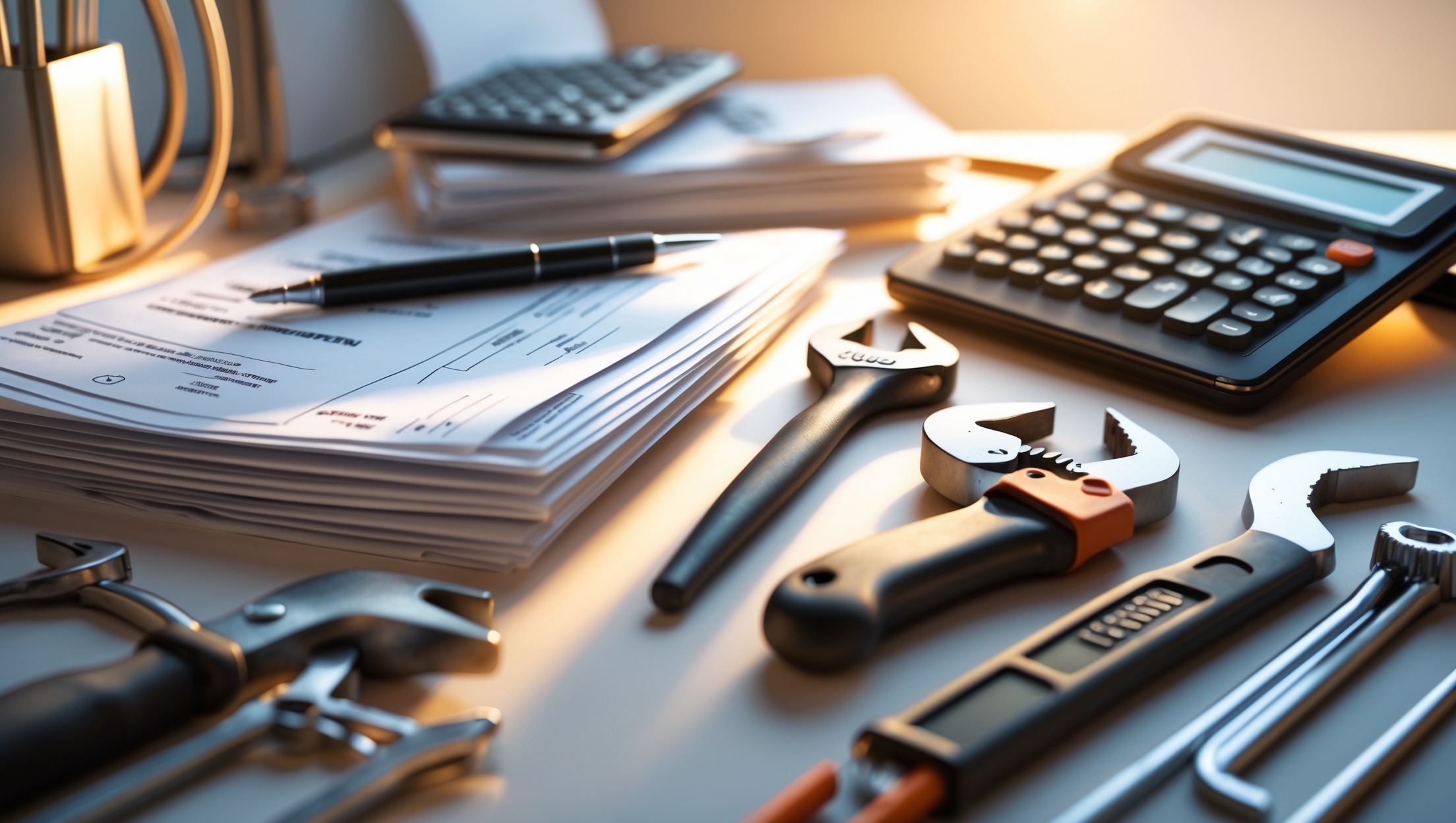

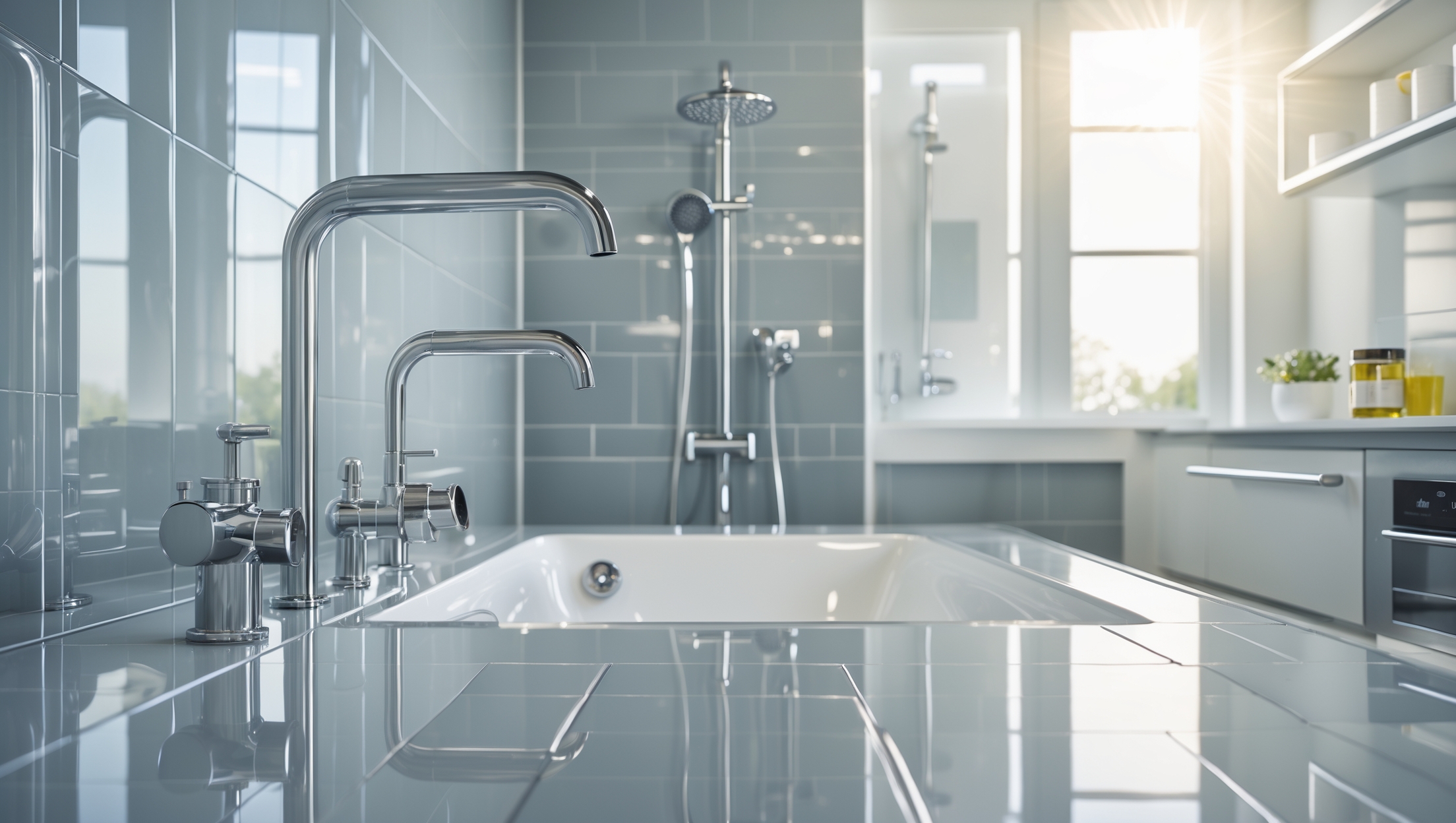

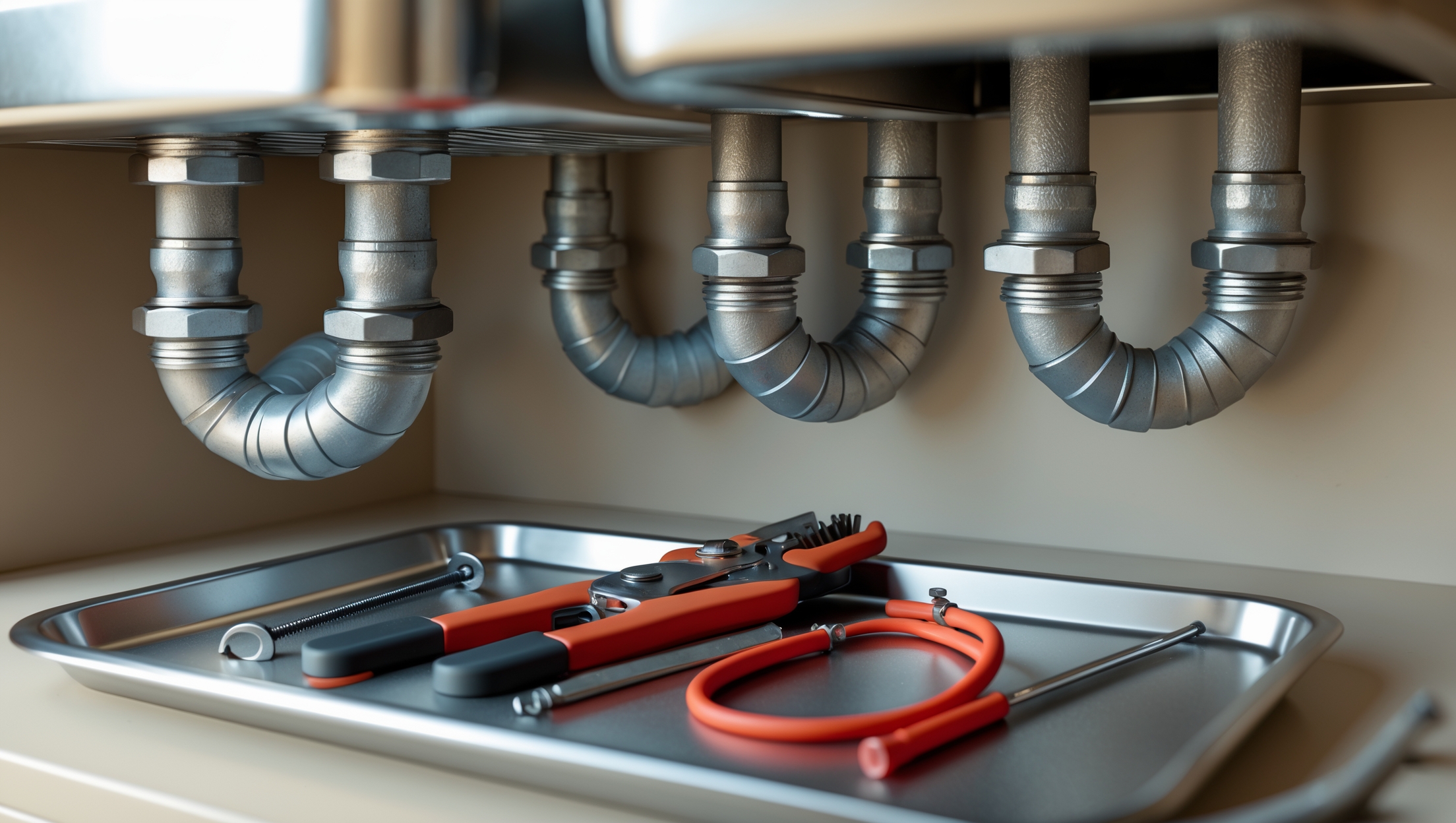
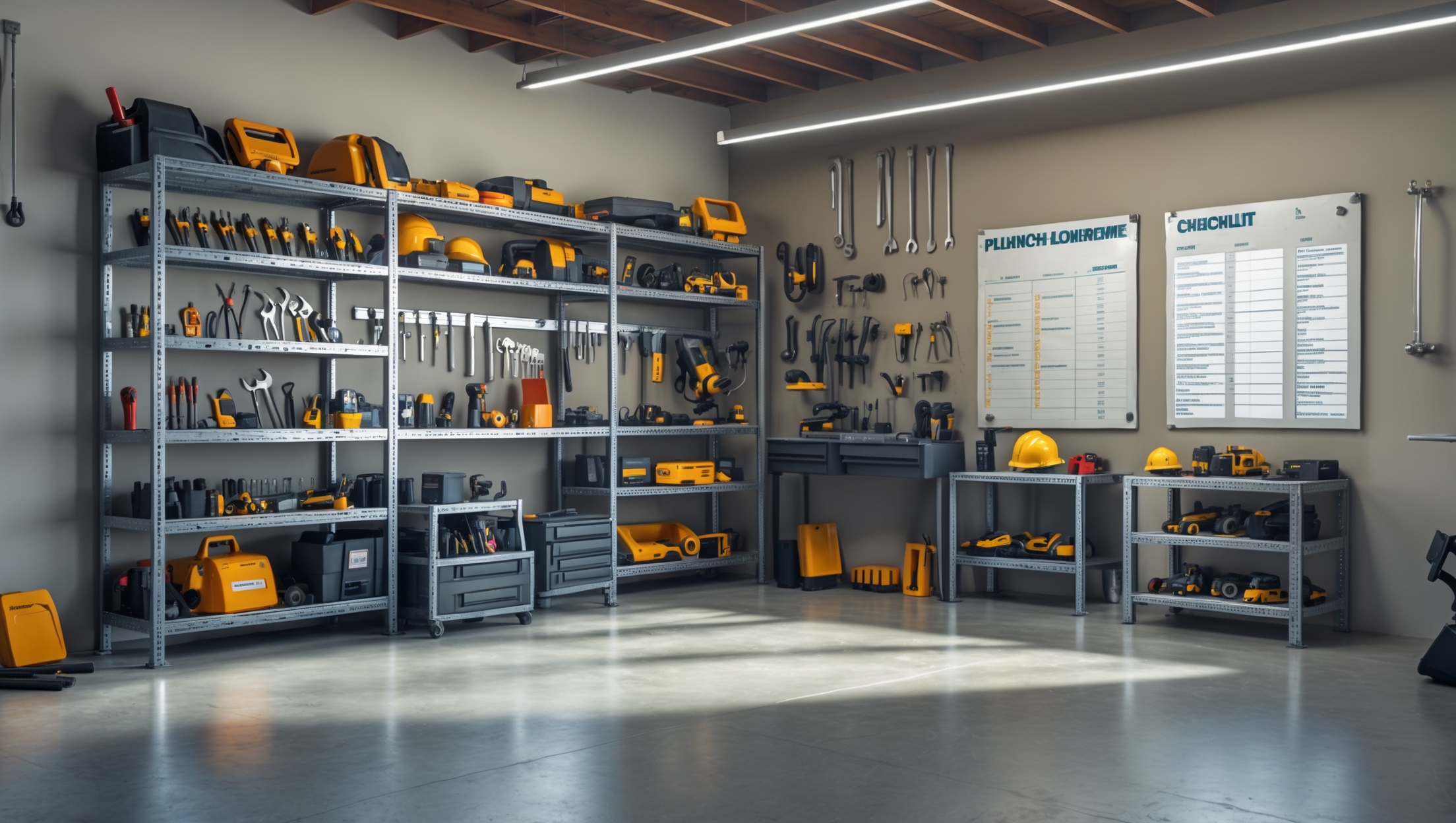



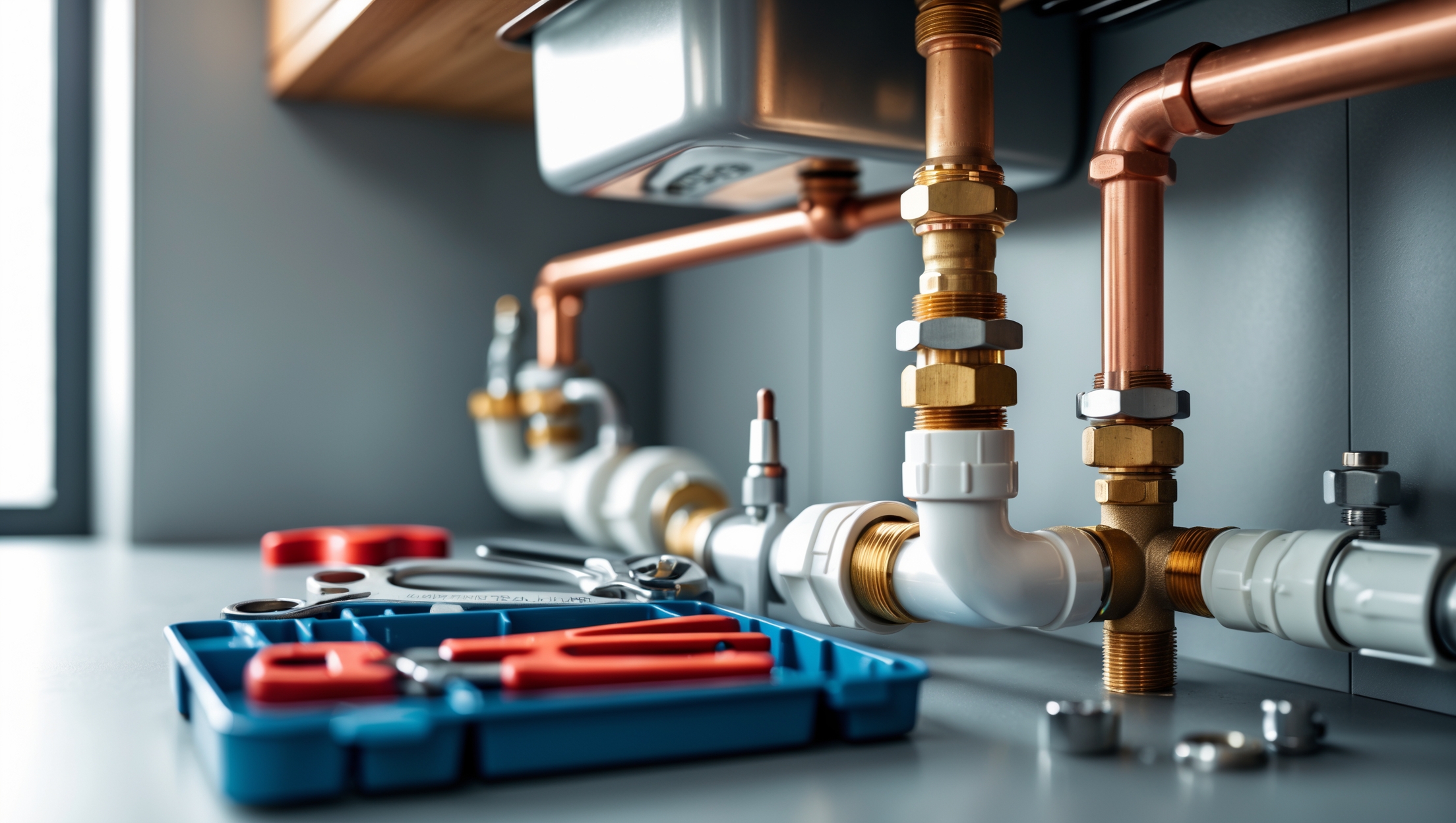
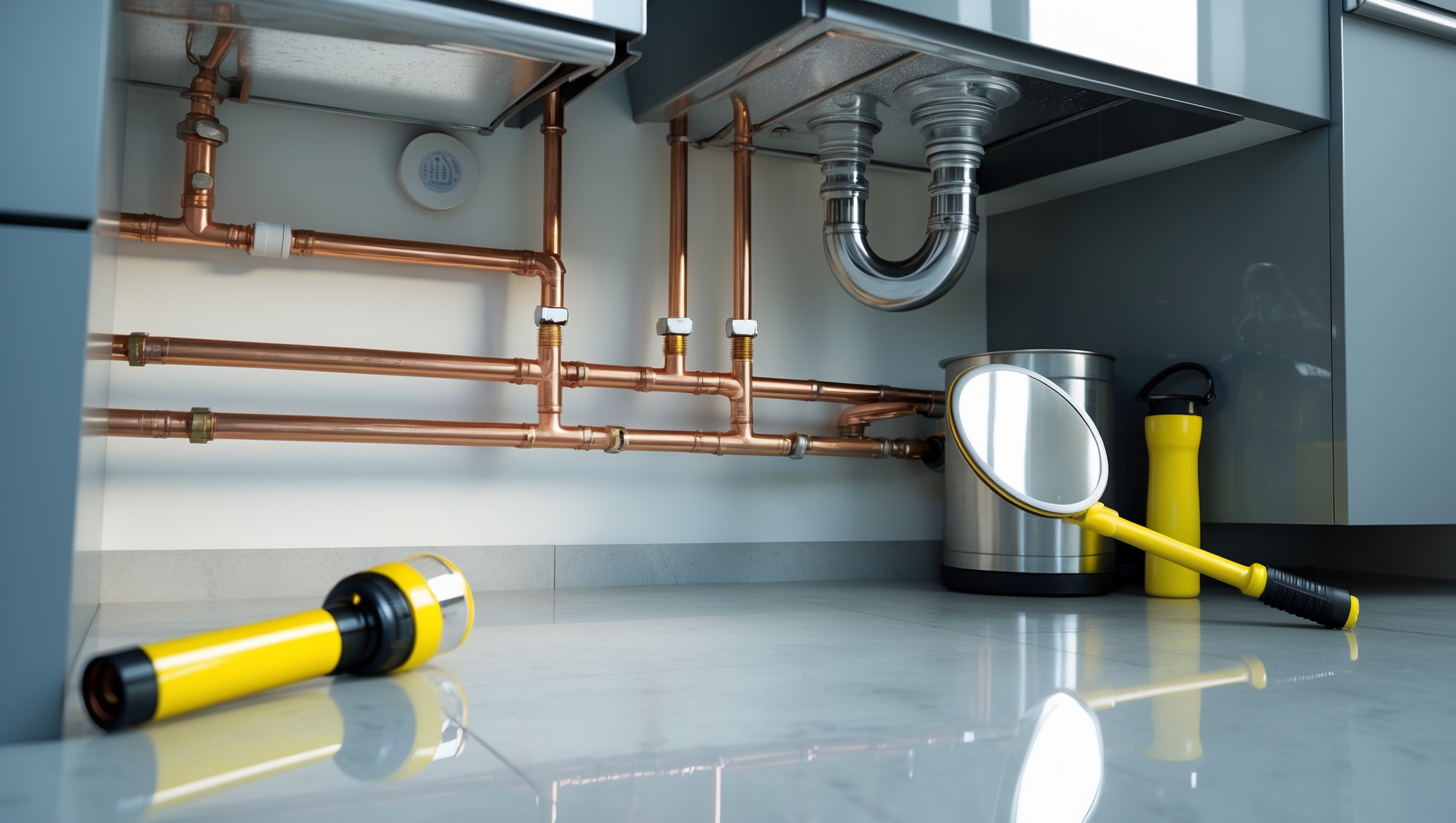
Joshua Miller
You mention digital versus paper invoices. For a one-person plumbing business just starting out, is there a cost-effective digital tool you recommend for creating professional invoices?